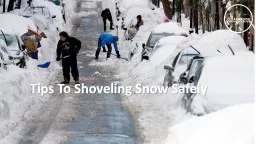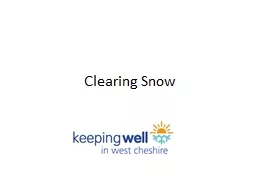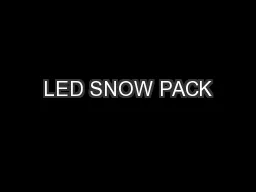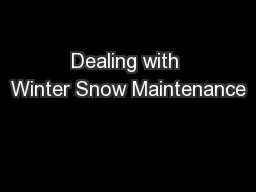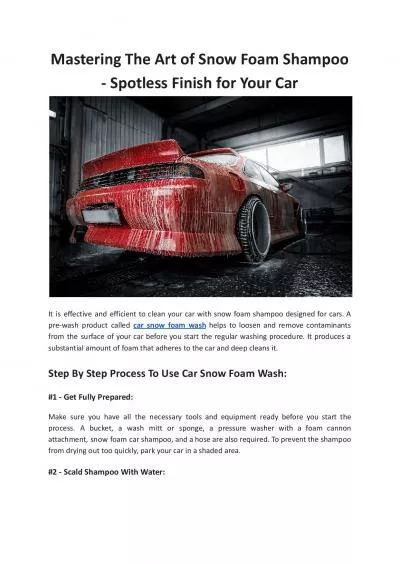PPT-Tips To Shoveling Snow
Author : tatyana-admore | Published Date : 2017-06-15
Safely Tips to Shoveling Snow Safely Preparing 1 Consider any health risks If you are out of shape have back problems or heart conditions it may actually be harmful
Presentation Embed Code
Download Presentation
Download Presentation The PPT/PDF document "Tips To Shoveling Snow" is the property of its rightful owner. Permission is granted to download and print the materials on this website for personal, non-commercial use only, and to display it on your personal computer provided you do not modify the materials and that you retain all copyright notices contained in the materials. By downloading content from our website, you accept the terms of this agreement.
Tips To Shoveling Snow: Transcript
Download Rules Of Document
"Tips To Shoveling Snow"The content belongs to its owner. You may download and print it for personal use, without modification, and keep all copyright notices. By downloading, you agree to these terms.
Related Documents

